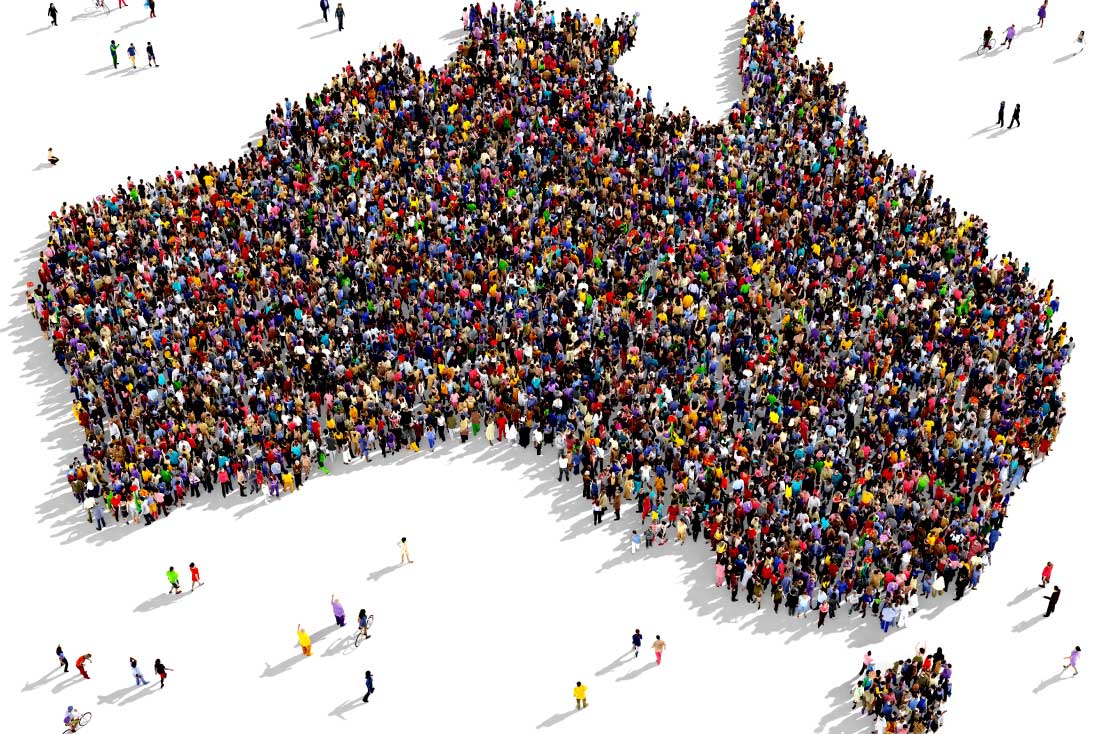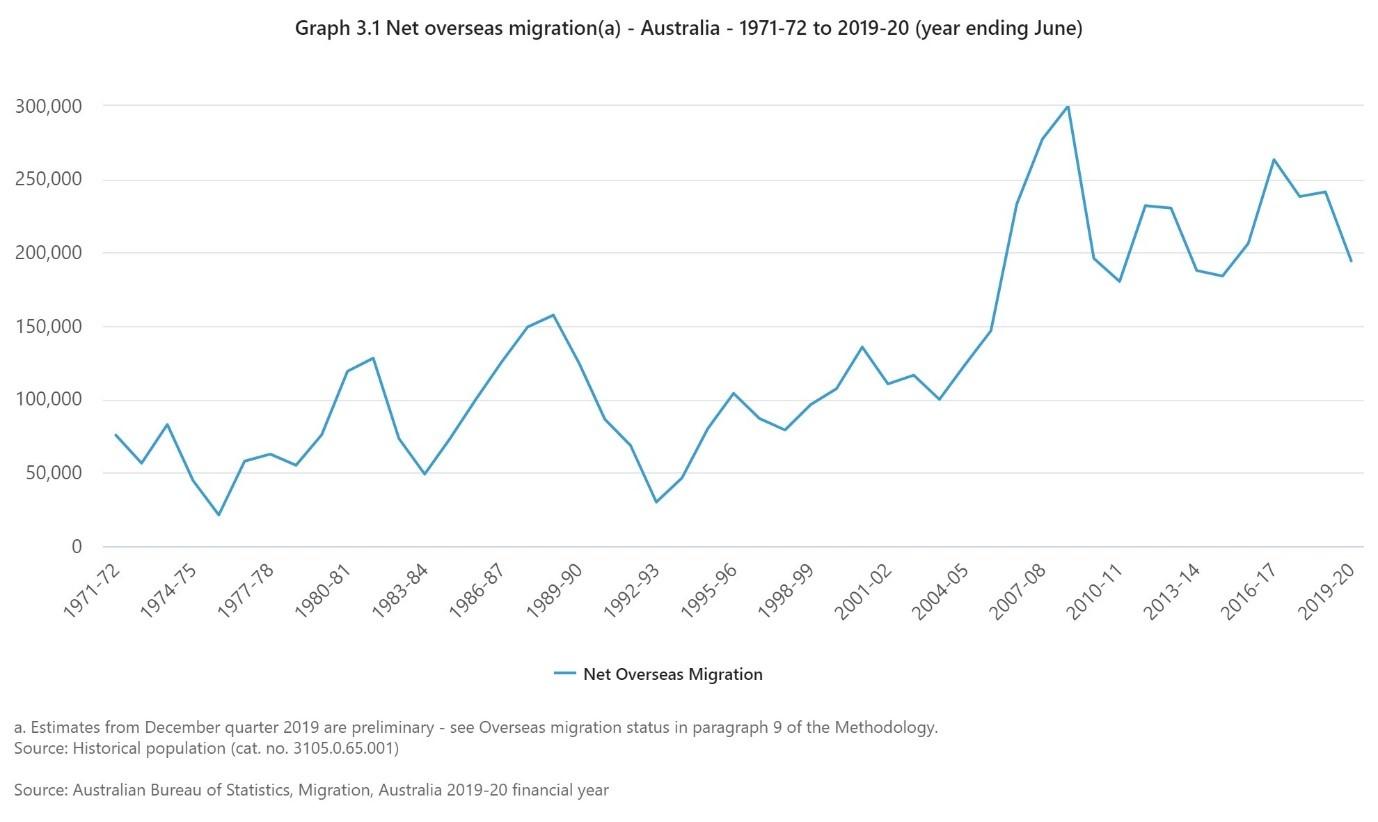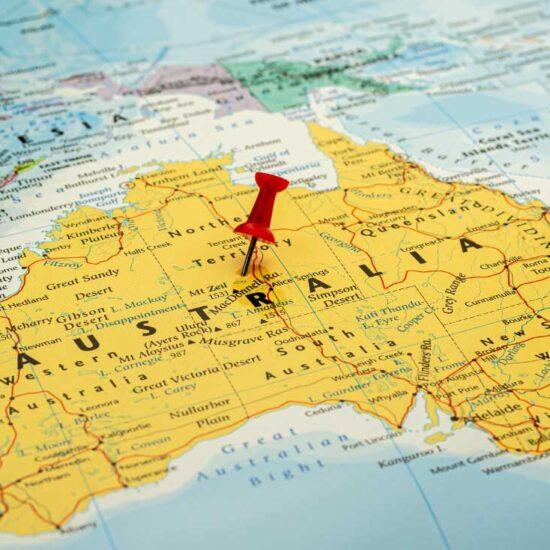
By Kate Hill, Adviseable
Remember, about a year and a half ago when property prices were supposedly set to plummet because of a heap of factors, but also because of our closed international borders?
Well, those “forecasts” were as useful as Chicken Licken yelling the sky is falling, weren’t they?
Fast forward to now and dwelling prices have soared pretty much everywhere around the nation.
Of course, we have the same doomsday merchants currently saying that property prices are about to fall off a cliff because of rising interest rates – sigh…
No wonder so many homebuyers and investors are confused when one minute prices are set to boom and the next moment they’re about to bust.
Interest rates not as important as you think
However, history shows us that interest rates do not force property markets into booms or busts, rather it’s often affordability, local economic conditions, consumer sentiment, or access to lending that does, according to new research by the Property Investment Professionals of Australia (PIPA).
In fact, PIPA analysis of five periods of increasing cash rate movements since 1994 has shown that house prices continued to rise – sometimes significantly – even after rate rises of up 2.75 percentage points over just six months.
It’s important to also understand that the cash rate was a then-record low of just 0.75 per cent before the pandemic but prices weren’t going mental back then.
That’s because the last year of super-strong market performance has been because of a bunch of factors, including easier access to finance and, unfortunately, some rather crazy buyer behaviour.
All areas (usually anyway) move through market cycles as different times with some locations experiencing booms and other places recording downturns concurrently.
We are starting to see the early signs of moderating markets in some locations, partly due to affordability considerations as well as an uptick in supply.
However, some areas around the nation are likely to experience strong market conditions for some time yet – especially those where prices haven’t done much for a long while and are still classed as affordable to the many rather than the few.
Population step to ramp up
Now, future population growth is likely to play a part as well, with overseas migrants back on the table sooner rather than later.
In fact, according to some senior bureaucrats in the New South Wales Government, our nation should adopt an aggressive immigration stance over the next five years to make up for the lost population growth due to the pandemic.
What they are suggesting is that we welcome something like 400,000 overseas migrants annually for the next five years.
Now before you go, “Kate, that is far too many ‘new’ Aussies”, let’s reflect on the fact that in the year ending June 2020 (which was still pandemic impacted) there were actually nearly 510,000 overseas migrant arrivals here, which was nearly 41,000 fewer than the year before, according to the Australian Bureau of Statistics.
So, that “aggressive” policy is perhaps not as gnarly as they, or you, might think.
Another important statistic to keep in mind is the fact that during that year ending June 2020, there were some 315,200 overseas migrant departures – very similar to the year before.
This meant that our net overseas migration was about 195,00 people – again, about 47,000 fewer than 2019.
So, while 400,000 per year doesn’t seem much compared to historical averages, one does have to wonder whether so many people will depart our nation for other countries in the future?

Why do we need more residents?
Here’s the thing, Australia has adopted a robust overseas migration policy for nearly three decades now.
The reason why is because our natural increase population has just not cut the proverbial mustard since that time to significantly strengthen our population.
Instead, we have focused on welcoming plenty of overseas migrants to underpin economic growth, using a model called “The three Ps” – that is, population, participation, and productivity.
According to the theory, if you have a larger population it stands to reason that you have more people who participate in the workforce which, in turn, means they are more productive – three factors that determine an economy’s potential growth rate over the long-term.
Australia’s participation rate has been about 66 per cent for decades, so it is population growth that is probably the most important factor to strengthen our economy in the years ahead.
So, what does this all mean? Well, it means that Australia is about to become home to a hell of a lot more people – and all of those people need to live somewhere, don’t they?







